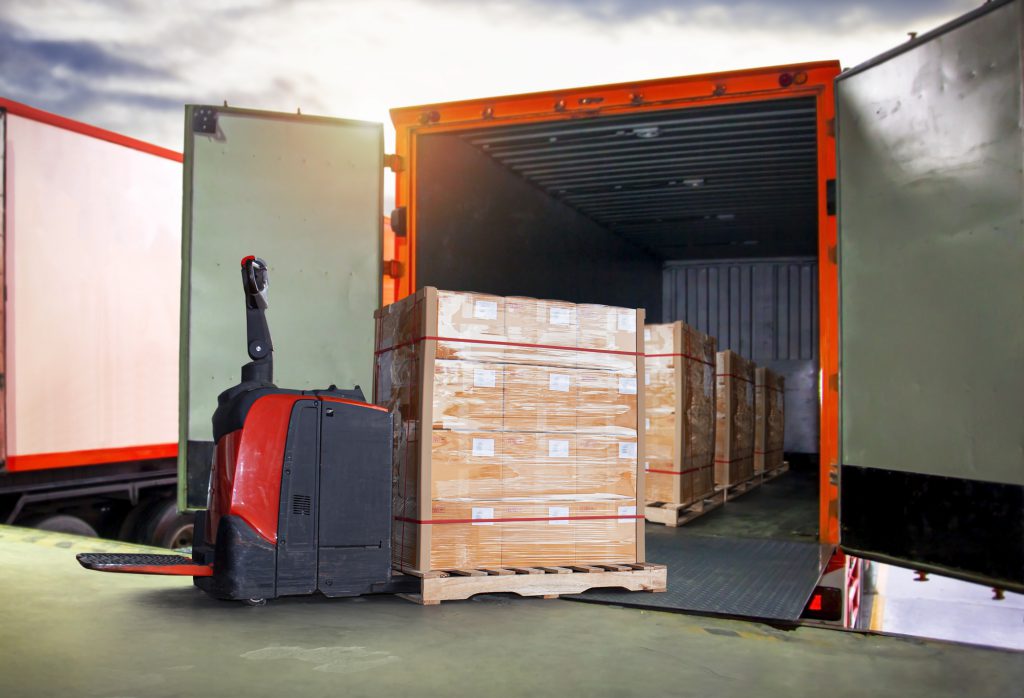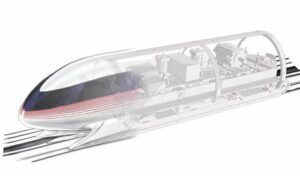Load optimization best practices that can help streamline logistics operations, boost cost savings, and enhance overall supply chain efficiency!
In the dynamic world of logistics, finding ways to optimize efficiency and reduce costs is essential for success. Cubing trucks, also known as load optimization, is a strategic practice that allows businesses to maximize cargo capacity and minimize transportation expenses. In this self-help article, we will explore the best practices in cubing trucks to help you streamline your logistics operations, boost cost savings, and enhance overall supply chain efficiency.
Understand Cubic Feet and Volume Metrics
Begin by understanding the concept of cubic feet and volume metrics. Cubic feet represent the available cargo space inside a truck or container. Familiarize yourself with how to calculate volume accurately to make informed decisions while planning loads.
Standardize Packaging and Palletization
Maintain consistent packaging sizes and utilize standardized palletization methods. Uniformity in packaging enables better stacking and utilization of truck space, minimizing voids and maximizing load density.
Utilize Load Planning Software
Invest in load planning software that considers various factors, such as product dimensions, weight, and compatibility. Advanced technology can help you design efficient load layouts and determine the most space-effective way to arrange items.
Embrace Cubing Technology
Consider incorporating cubing technology, such as dimensioning systems and 3D scanners, into your operations. This technology accurately measures the dimensions of each item, ensuring precise load calculations and reducing the risk of over-packing.
Optimize Load Sequencing
Prioritize loading larger and heavier items first, followed by smaller and lighter ones. Proper load sequencing ensures optimal weight distribution and stability while reducing the risk of damage during transit.
Reduce Air Freight and Less-than-Truckload (LTL) Shipments
Minimize air freight and LTL shipments whenever possible. Consolidating smaller shipments into full truckloads reduces transportation costs per unit and increases load efficiency.
Collaborate with Suppliers
Engage in collaborative discussions with suppliers to optimize packaging sizes and reduce excess materials. Working closely with suppliers can lead to standardization and improved load compatibility.
Eliminate Empty Spaces
Avoid leaving empty spaces or voids within the truck by utilizing load bars, dunnage, or airbags to secure cargo effectively. An optimally filled truck reduces the risk of product shifting during transit, improving safety and preventing damage.
Train Loading and Unloading Crews
Provide training to loading and unloading crews on proper handling techniques. Well-trained personnel can optimize the use of space inside the truck and ensure safe and efficient loading practices.
Regularly Audit Load Efficiency
Conduct regular audits to assess load efficiency and identify areas for improvement. Analyze key performance indicators (KPIs), such as load density and transportation costs per unit, to track progress and make data-driven decisions.
Cubing trucks for cost efficiency is a game-changing practice in logistics that can drive substantial cost savings and enhance supply chain performance. By understanding volume metrics, standardizing packaging, leveraging technology, and optimizing load sequencing, you can maximize cargo capacity and minimize transportation expenses. Collaborate with suppliers, train your teams, and embrace best practices to streamline your operations continuously. Through a commitment to load optimization and continuous improvement, your logistics operations will become more agile, cost-effective, and capable of meeting the dynamic demands of the market.
The Perfect Planner Team is here if you have any questions about Cubing Trucks, and we offer a free consultation service. If you would like to connect with us on this article or any other topic, please message us on LinkedIn, shoot us an email at info@perfectplanner.io, visit our website at www.perfectplanner.io, or give us a call at 423.458.2979.
Author: Thomas Beil
Publication Date: October 12, 2023
© Copyright 2023 Perfect Planner LLC. All rights reserved.






